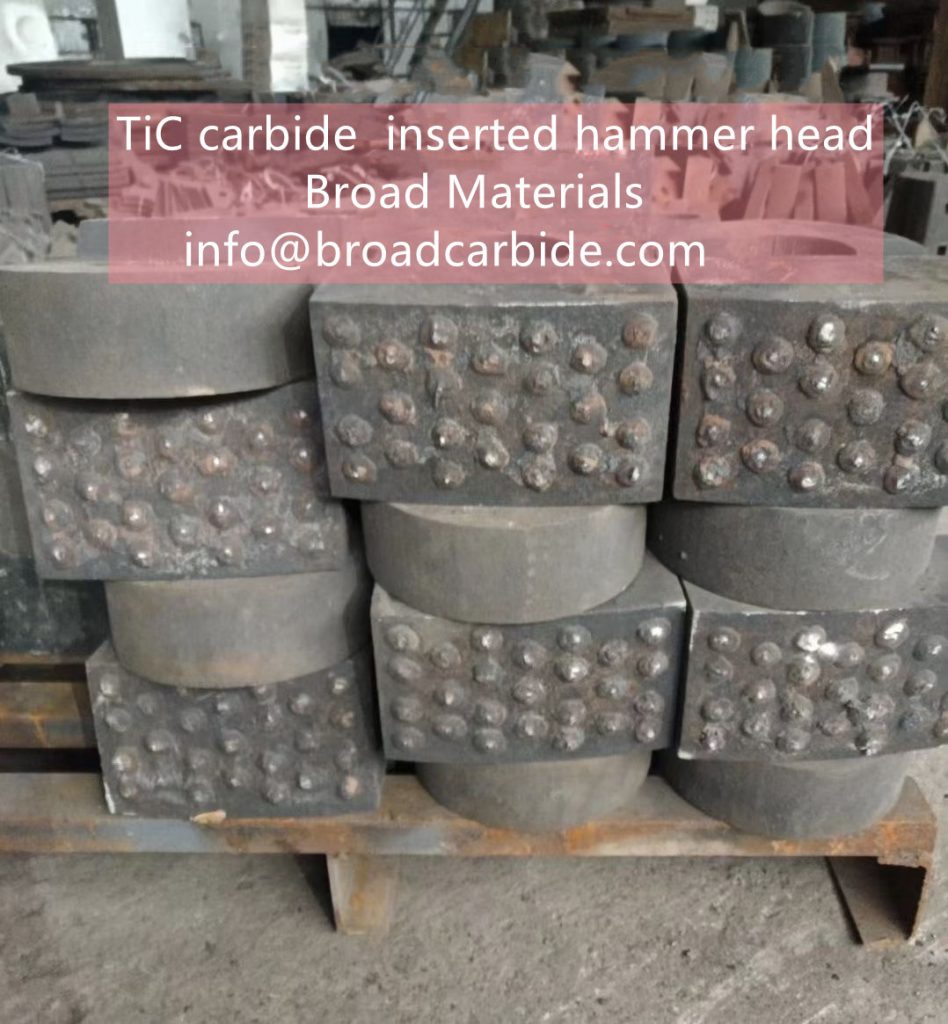Any kind of steel contains major elements and harmful elements. It is not difficult to see from Table 1 . If the composition of high manganese steel is controlled within the standard range, its mechanical properties can be guaranteed. Therefore, it is necessary to discuss the impact of the increase or decrease in the content of the main elements on the performance of wear-resistant high manganese steel, so that it can be controlled in production practice to achieve optimal performance and ensure product quality.

1) Carbon
The role of carbon in high manganese steel is to promote the formation of austenite, which is beneficial to improving the wear resistance and hardness of high manganese steel. However, as carbon increases, the toughness and plasticity of the steel decrease, making the steel more susceptible to cracks. Increased sex. Especially when phosphorus is relatively high, carbon should be controlled accordingly and no high limit should be set. Generally speaking, there is no high carbon limit for the production of more complex castings such as track shoes. Carbon can improve the fluidity of high manganese steel, which is beneficial to the production of thin parts. Steel with low carbon content and high manganese content has high toughness, but the manganese content should not be too high. For example, when manganese ≧14%, the strength and toughness of the steel will decrease, and the sensitivity to white spots will also increase.
2) Manganese
Manganese is a key element in high manganese steel. Manganese plays a role in expanding the austenite zone and stabilizing austenite. In actual practice, the manganese level can be higher for complex castings that are subject to heavy impact. Generally, carbon 0.9% to 1.1% and manganese 10% to 13% can be selected, and the manganese to carbon ratio should be increased appropriately.
3) Silicon
Generally speaking, silicon has no significant impact on the properties of high manganese steel. Silicon can increase the hardness and strength of the solid solution in steel, and has a strong effect on increasing the cold work deformation hardening rate of steel, so it can improve the wear resistance of steel. However, in high manganese steel, silicon reduces the solubility of carbon in austenite and promotes the precipitation of carbides. When the silicon content is high, grain boundary carbides are prone to appear, leading to cracking during casting and surface decarburization during heating and heat preservation. Therefore, Control the amount of silicon to the lower limit of the specified composition.
4) Phosphorus
Phosphorus is a harmful element to high manganese steel. Cast high manganese steel ZGM13 series austenitic wear-resistant steel. In order to enhance the wear resistance of the steel and avoid cracks in the casting, phosphorus should be strictly controlled. The solubility of phosphorus in high manganese steel is very small, and it is easy to segregate to form phosphorus eutectic. Its low melting point is distributed between grain boundaries and dendrites, causing hot cracking in castings. When phosphorus exceeds the standard, the δ of high manganese steel decreases.
5) Sulfur
High manganese steel contains lower sulfur content. Sulfur easily combines with manganese to form manganese sulfide, and most of it enters the slag. A small amount exists as non-metallic inclusions in the steel, and its impact on the performance of the steel is very small and can be ignored.
6) Chromium
Generally, when 1% to 2% chromium is added, the wear resistance is significantly improved when using hard impact abrasives, such as the rolling mortar wall of a crusher, which significantly improves the wear resistance and extends the service life.
However, since chromium dissolves in austenite during heat treatment, it is difficult to dissolve chromium-containing carbides, and it is difficult to transform the eutectoid structure when the temperature rises. Therefore, it is difficult to obtain a single austenite, so the solid solution temperature (i.e. water toughness) It should be increased by 30℃~50℃.
